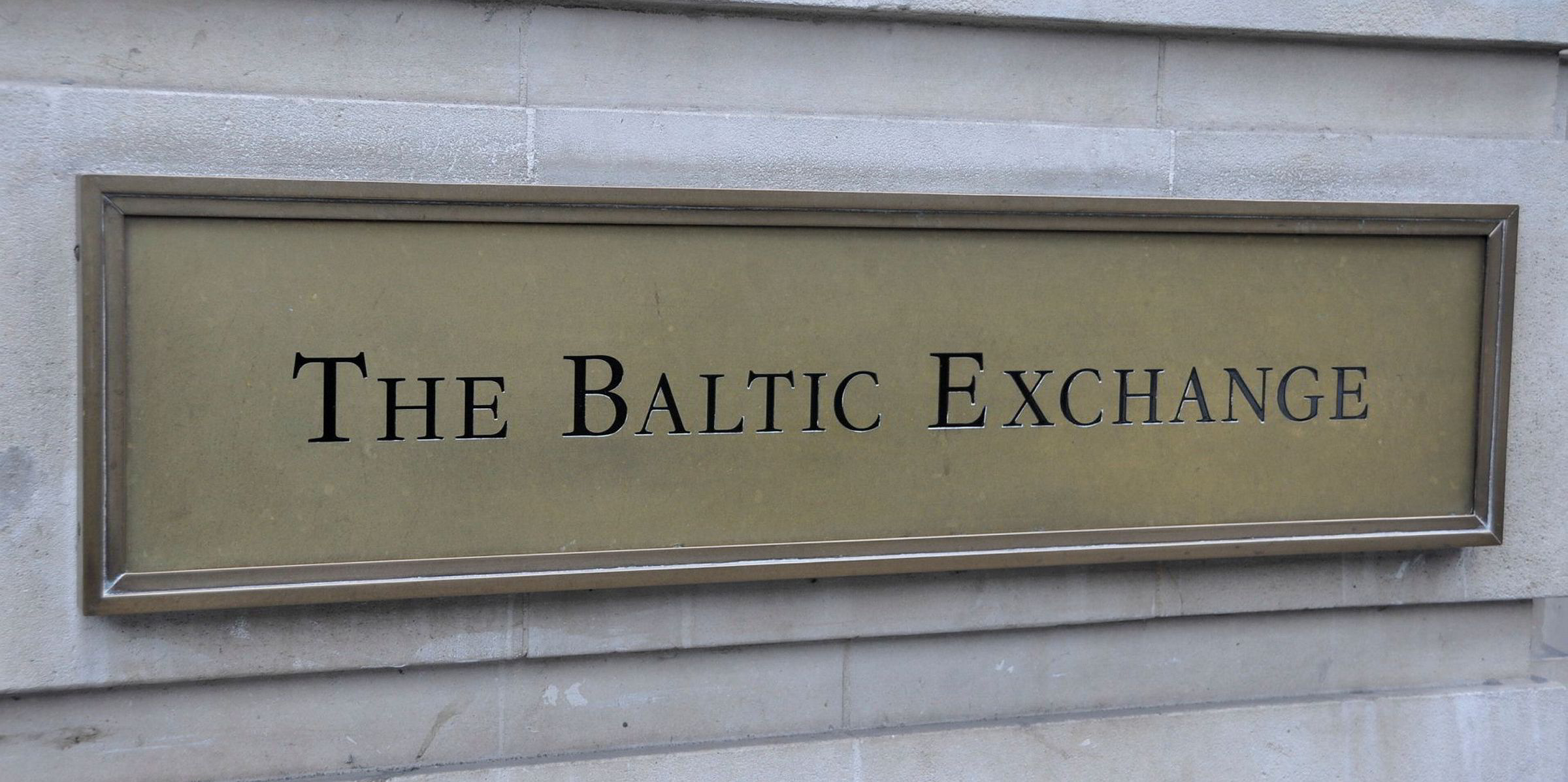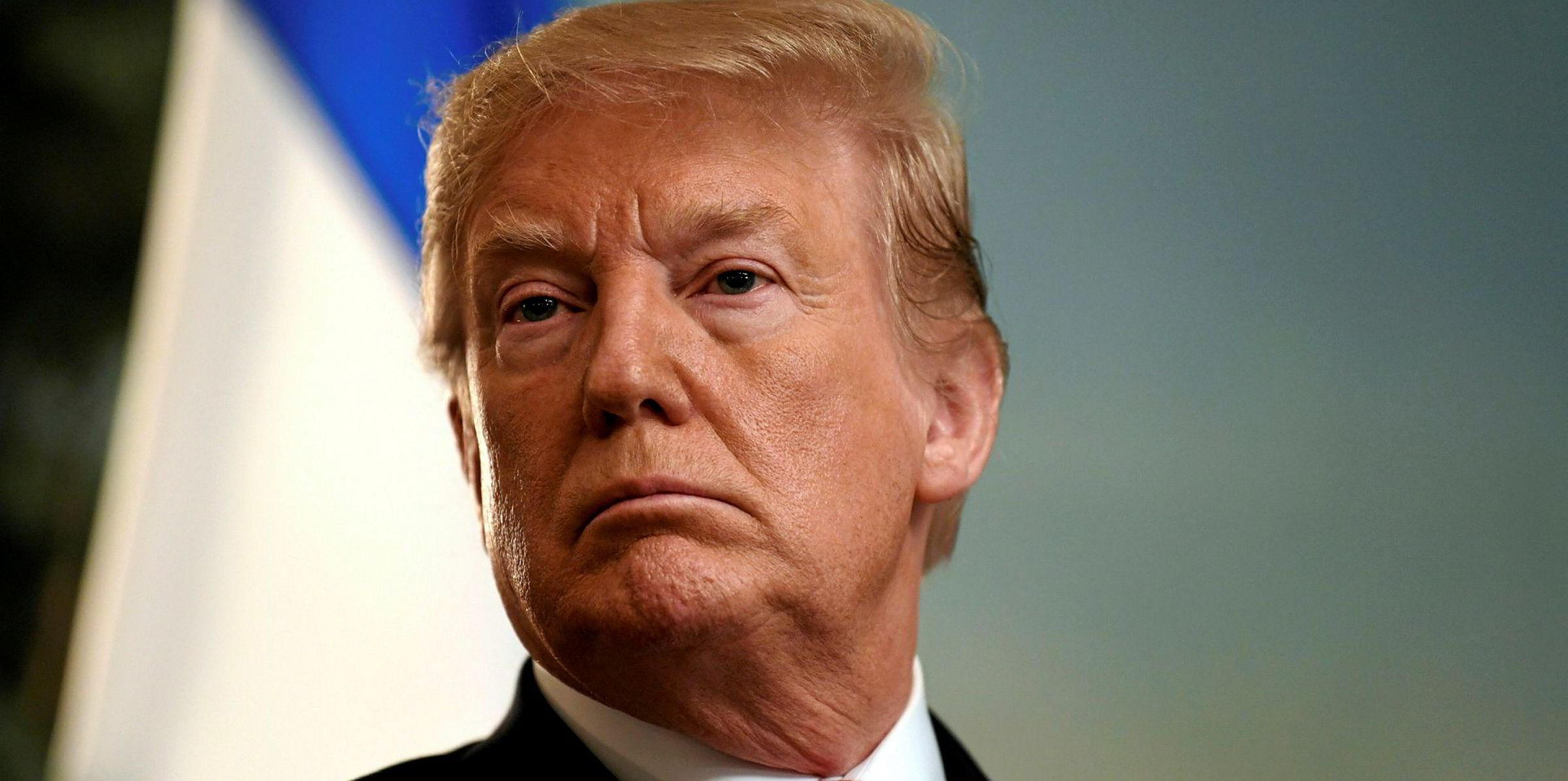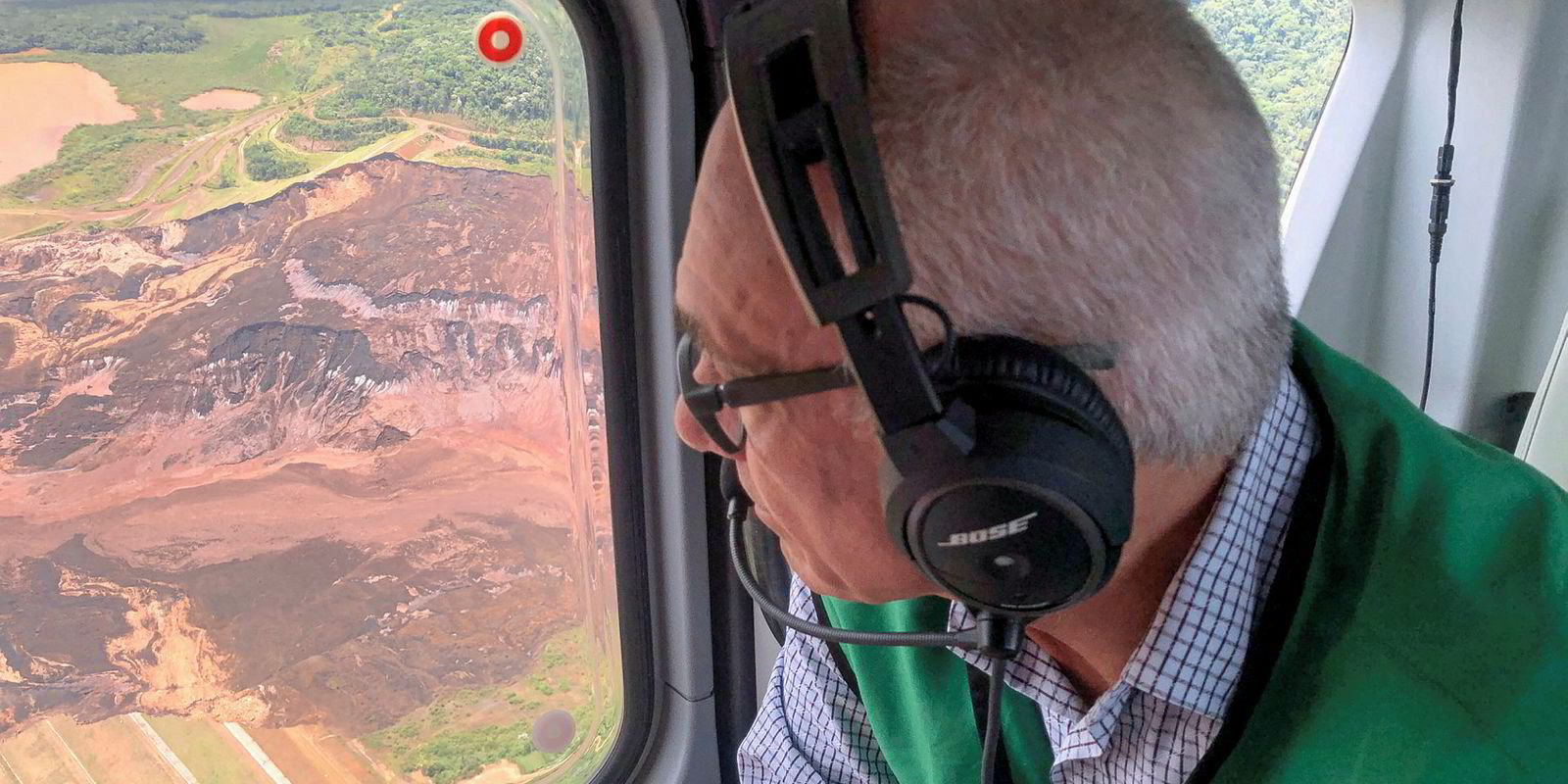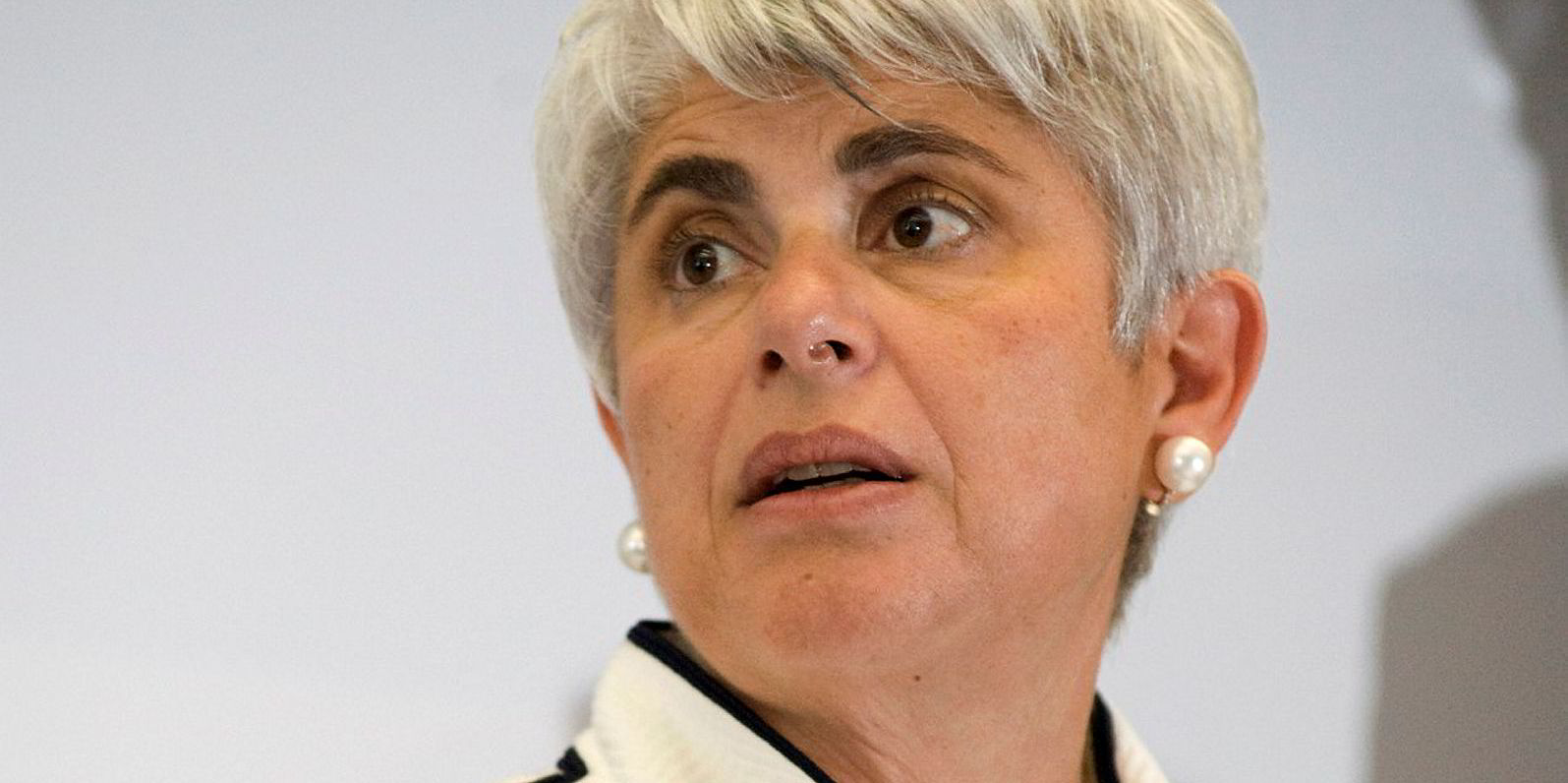President Trump and Vale have contributed to a sharp downturn in the capesize futures market.
Capesize FFA contracts for May were assessed 15% lower at $9,875 per day on Tuesday, compared to the previous week's assessment on 29 April.
June contracts took an 11% hit and were assessed at $11,625 daily, while July contracts were assessed 10% lower at $12,350 per day.
Open interest for cape FFAs has nosedived over the past week, contracting sharply from 86,383 lots on 29 April to 79,139 lots on Tuesday, according to Baltic Exchange data.
The volume of cleared trades has doubled over the same period.
Volatile sentiment
The fall in FFA rates follows a series of tweets posted by Trump on Sunday, in which the President announced plans to raise existing tariffs and introduce new charges on Chinese goods by the end of this week.
At the same time, Vale was ordered by the Minas Gerais Court of Justice on Monday to halt operations at its Brucutu iron ore mining complex in Brazil.
“Sentiment in the dry bulk spot and FFA markets was significantly impacted by the escalation of the US-Sino trade war on Sunday," Joakim Hannisdahl, head of research, Cleaves Securities, told TradeWinds on Wednesday.
"However, sentiment seems to have again pivoted today amidst positive news on the US-Sino trade negotiations."
Beijing, however, has been trying to renegotiate the draft trade deal, according to reports on Wednesday, which has since been confirmed in tweets by Trump.
"I think it is fair to sum up this week so far as volatile with near-term direction in the hands of politicians and judges," said Hannisdahl.
Spot markets saw a stronger day on Wednesday with marginal gains seen on most of the Baltic Exchange's benchmark routes, particularly for round-trips across the Pacific from China and Japan.
The Baltic Capesize Index's weighted time charter average rate was today assessed at $9,944 per day, just $46 higher than on Tuesday and still around 20% less than the level seen last week on 2 May.
The volume of cape FFAs cleared so far this year is more than double that seen at this point in 2018, while open interest in options is near historical highs, data shows.






